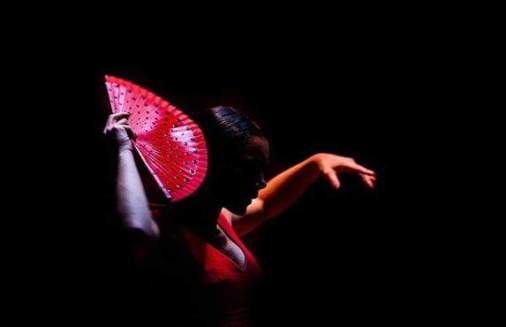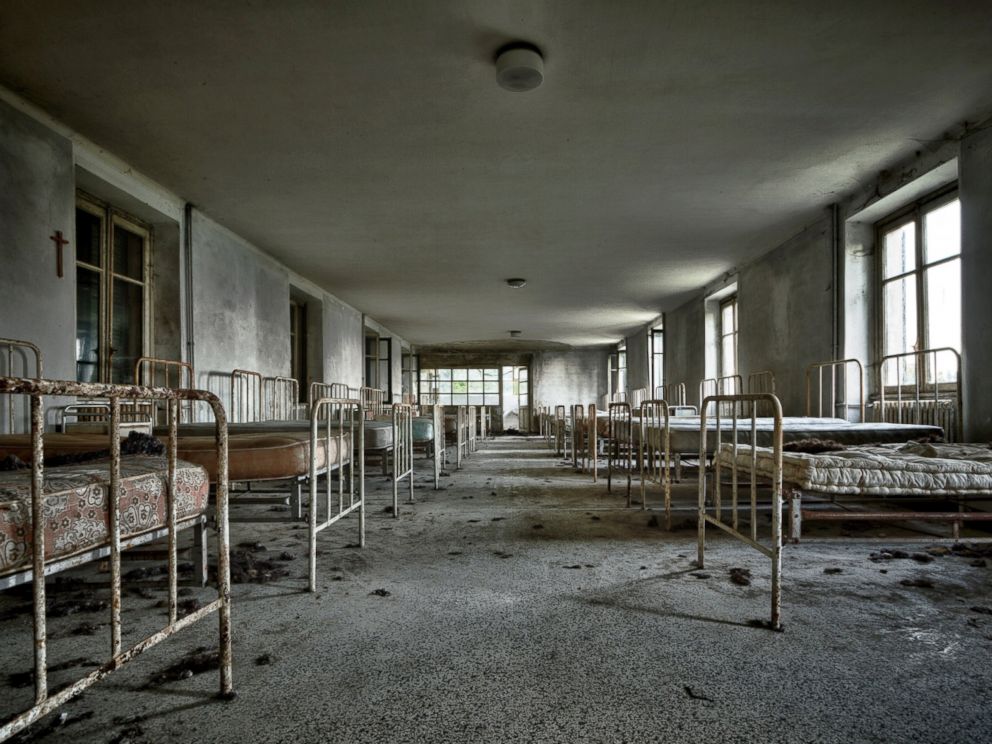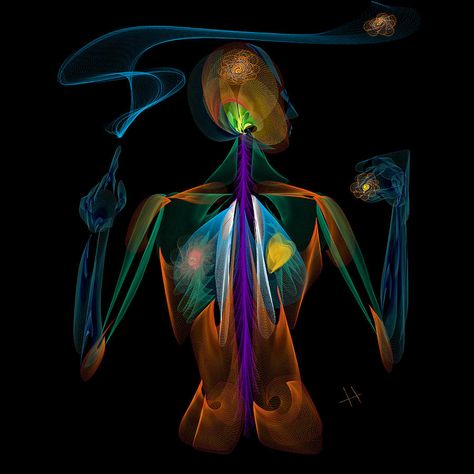Within a short story moonlighting as an ode to the Spanish artform of flamenco, the intoxicating pull of wanderlust, paired with a stark reminder that nothing is guaranteed, creates an opportunity for a winsome Spanish adventure…

by: Kelli Short Borges
“Vamos a empezar” snapped Maria, my “profesora de baile,” or dance teacher. “Let’s begin.” These were the first words I heard on that cool October morning in 2019 as I stood anxiously awaiting the beginning of my first flamenco class at Taller Flamenco in Sevilla, Spain. From the stern look on Maria’s face I could tell she meant business. It was also my guess that most likely not a word of instruction would be in English. My discomfort grew palpable. Palms sweating, I reflected upon my minimal grasp of the Spanish language. Although I had studied and lived briefly in Madrid the summer of my sophomore year in college, lack of use had eroded my command of the language to a startling degree. “What if I can’t keep up?” I thought. Maria already looked as if she wanted to rap my knuckles with a ruler.
Flamenco, a Spanish art form dating back to the 1700s and originating in southern Spain, is a somewhat mysterious dance in that its exact beginnings are unknown, although it’s widely believed to have been influenced by Romani gypsies. Melodious folkloric music accompanies the dance, and bailaoras, or female dancers, wear bright, ruffled dresses and shoes with taps on the bottom, which when combined with the quick and powerful movement of the dance create a message of beauty, determination, and strength. The male dancers, or bailaors, are proud and stately in their dress and demeanor, but contrary to the historic machismo of the Spanish culture, often defer to the female as the centerpiece of the performance. Flamenco is central to Spanish culture and entertainment, and is celebrated throughout Spain in a major way.
My class at Taller was to be an intensive two-week long course in flamenco, including hours of daily practice. In addition, I had signed up for conversational Spanish language classes for a month, also at Taller. I hadn’t felt this nervous in years. I looked around at my fellow students, trying to sus out their discomfort levels. Were they as nervous as I? I wondered, but all appeared confident, and I was pretty sure I was the only American in class. Great, I thought. I comforted myself by remembering that dance is a universal language (and I was lucky enough to have been born with some rhythm). What my mind couldn’t grasp, my body would. I took a deep breath and began.
A year before, my husband and I were freshly minted empty nesters. We had both been married (and divorced) previously, and were now happily remarried for a decade. Our blended family included three daughters, the youngest of whom had just moved from our hometown of Phoenix, AZ to Santa Barbara for college. Although we had made date nights and travel an important part of our relationship early on, we were constrained to shorter and closer wanderings (as most couples raising children are) by jobs, school, and weekend soccer games. If we did travel outside the U.S., it was never for an extended period. We had always dreamed of seeing far-off places together without the constraint of time. We often talked of the possibility of living in another country for a few months or even longer, in order to immerse ourselves in the language and culture.
Our wanderlust was not only fueled by our shared interest in travel and new status as empty nesters. My husband had encountered some serious, potentially life-threatening health issues over the previous years. Luckily, the treatments he received were successful, but we were shaken to the core by what “could have been.” This was the catalyst which ultimately propelled us forward. It was a stark reminder that nothing in life is guaranteed. We needed to find a way to make our dreams a reality. The time was now.
We stopped talking and started planning. After discussing endless possibilities, we settled on Spain. Romantic visions surfaced of practicing our (very rusty) Spanish while eating tapas and drinking “vino tinto” on tiny, cobblestone streets while cantaores serenaded us. I could almost smell the orange blossoms, so plentiful on the quiet, tree-lined streets in many Spanish cities. Our excitement grew.
We decided to take two full months in order see as much of the country as possible, flying into Malaga (on the Costa del Sol), and traveling clockwise, west and then north, finally finishing up in Barcelona, on the northeastern coast. One full month would be spent in Sevilla, a very traditional and uniquely beautiful city in Spain’s Andalucia region. We felt it important to stay in a single city for an extended period of time in order to fully appreciate the hustle and bustle of daily life there. The authenticity of living in a small apartment in vibrant central Sevilla appealed to us, so we researched and rented an Airbnb in what we thought would be the perfect location, near the Alameda de Hercules, a busy and historic public square where locals gathered to eat and socialize, enjoying fragrant tapas and the laughter and company of friends.
Sevilla also just happens to be the home of flamenco. I had always been drawn to dance, taking ballet and jazz classes throughout my childhood and teens. As an adult I found I missed the joyful release and artistic expression it offered. In the year or so prior to our trip I had rediscovered dance once more, signing up for a variety of adult dance classes close to home, including flamenco, a style that was completely new to me. I quickly discovered it was unlike any dance I had ever experienced, completely foreign in it’s rhythms and movements. Flamenco was challenging in a way I hadn’t expected. Contrary to the general ease with which I usually picked up dance, this new style was undeniably difficult. The music and motion seemed at odds, jerky and fluid at the same time, almost counterintuitive. It was a challenge I wanted to explore further, and I decided Sevilla was the perfect place to do it.
After doing some research online, I found Taller Flamenco. The school was located within walking distance of our tiny apartment. Elated, I signed up for dance lessons for myself and Spanish language lessons for both of us. We booked our flights and packed our bags. Our dream was about to become a reality.
As we flew over the Atlantic, two months after my 50th birthday, my excitement grew. I was also nervous, worried that something might happen to the kids in our absence. I reminded myself that they were now responsible, fully functioning adults. Somehow, that didn’t help me feel any better. Who was I, if I couldn’t be a good mother and jump to help them at a moment’s notice? What if someone ended up in the hospital, and I was across the world? What if it was serious, and I couldn’t get home in time? Would they ever forgive me? Would I forgive myself? And the question begged to be asked: Who was I, if I wasn’t the mother of young children anymore? If nobody really needed me day to day?
A former reading specialist in the public school system, I had in recent years quit teaching and gone into business with my family remodeling and renting properties in Arizona. It was a new and exciting opportunity which I truly enjoyed, but I found that as a landlord, after the initial renovations were complete and dependable management put in place, there was little to do day to day. Although I was grateful and appreciative of the great freedom this afforded me, economic and otherwise (including the ability to embark on our current adventure), the lack of structure in my daily life, and the deeper meaning and purpose I had found as an educator was missing. In essence, my “purpose” had always revolved around helping others, whether that be my own children or the kids in my classroom. Who was I now? Was I going to become one of those ladies who “lunched?” Thoughts of this possibility surfaced, spinning through my head like a bad movie reel. I pushed them away.
That would not be my fate, I decided. Bringing myself back to the present moment, on that airplane flying high over the deep blue waters of the Atlantic, I suddenly felt at peace, consciously setting nervousness and worry aside and replacing it with the anticipation of what was to come.
We landed in Malaga on a warm October evening, exhausted but happy to have finally arrived. Over the next ten days we slowly made our way along the Costa del Sol, acclimating to the time zone, sampling the paella, and toasting our grand adventure with delicious local red wine. By the time we arrived in Sevilla we were ready to settle in to our Airbnb, do some laundry, and fall into the slow and relaxed rhythm of daily life in Spain.

Those first days were spent exploring the neighborhood in the old town and strolling along the nearby Guadalquivir river, which flows snake-like through the city, drawing young and old couples alike to its banks for picnics, people-watching, and naps. Neighbors were curious, but generally greeted us with a friendly “hola” and a smile. We practiced our Spanish, nervous, but relieved when strangers proved to be kind and helpful in the face of our verbal stumbling.
The morning we were to begin our classes at Taller, anticipation grew as we walked past the ancient Roman statues which line the end of the boulevard on the Alameda de Hercules, just around the corner from the school on the tiny Calle Peral. I felt my nerves resurface. It was one thing to be a tourist, spending our days lazily enjoying eating, shopping and sightseeing. It was quite another to become a student expected to learn advanced concepts in a foreign language for several hours daily.
As we were “buzzed in” and climbed the worn, narrow stairs to the main office where we were to meet our fellow students and teachers, I reminded myself to be brave, keep an open mind, and to laugh at any awkward moments as best I could.
The next few weeks brought many of those moments. I hadn’t felt this challenged, uncomfortable, and like a fish-out-of-water for many, many years. Why, at this point in my life, was I subjecting myself to hours of sweating, both mentally and physically? I had challenged myself to do difficult things in the past, including taking a week-long mountaineering course focused on glacial traversing in the Washington Cascades, training for several half-marathons, and even receiving a black belt after years of studying martial arts in my 30s. Receiving my black belt had been the most arduous physical and mental endeavor of my life. I thought back to our black belt motto, “If I can do this, I can do anything.” I asked myself if the same would be true now. Was I still capable of pushing myself when uncomfortable, inducing mental and physical growth, or had I grown soft and pliant over time, succumbing my body and brain to the unfortunate effects of age, warming to it little by little, like a frog slowly brought to boil? The thought terrified me. I resolved to dig deep. I pictured myself working hard, as I had in the past. I would not become the frog in the pot.
In Maria’s class, I found that my fellow students (all French women), were quick to smile, both friendly and welcoming. We bonded as the days passed, becoming fast friends. Together, we practiced moving in time to the music, learning that “palmas,” or clapping, are an important way to hear what was proving to be a very elusive beat. Palmas are a marker for the rhythm of the dance, which is a cycle of 12 beats in 4/4 time, very different from the usual 8 count I was used to. Although there are many styles and rhythms of flamenco, our class focused on the tango, a style of flamenco associated with romance and passion. Popular in movies and other media, it’s purportedly one of the easiest styles to learn. However, the tango was proving to be anything but. Dance in general involves the entire body moving in time to a particular beat or rhythm, all parts working together in tandem and harmony, making sense intuitively. The opposite felt true of flamenco. Circular, fluid, and graceful arm and hand motions combined with very complicated, sharp, and counterintuitive foot stomping, using the ball and heel of the foot in exchange and at a rapid pace, seemed impossible to master. I felt like I had two left feet. Or maybe arms? It was all so confusing.
Frustrated, I practiced the steps over and over again, the two halves of my body, upper and lower, feeling awkward and disconnected most of the time. How was I supposed to stitch these two seemingly unrelated motions together into one seamless dance? In semblance with my life at the moment, the two halves, before and after, felt uncomfortable and ungainly, as if they would never come together in symphony and meaning. It was all I could do not to laugh (or cry). I thought about the bailaors, the male dancers who were strong and sure but stood back often in order to let the bailaora take center stage, the female dancer powerfully showcasing with confidence the beauty of the dance, all parts somehow brought together in a brilliant and cohesive flow, fully embracing this moment to shine. Could I allow myself to do the same? I imagined dancing in the spotlight, colorful skirt twirling, feet tapping in time, my movements graceful and dynamic, a true bailaora. I realized it was up to me to make this vision a reality. I could do this. I drew myself up with newfound confidence and smiled inwardly, finally letting go of the self-conscious whisperings that had been holding me back.
From that point forward, I was all in, eagerly anticipating each day’s lesson and soaking it up with a curiosity and joy I hadn’t felt in ages. I found myself slowly catching on, despite the long hours, difficulty of the class, and language barrier. As my motions grew more and more fluid and cohesive, I began to truly feel the dance, it’s challenges, boldness, strength, and grace drawing a surprisingly sharp parallel to this particular moment of midlife in which I found myself.
When the last day of class finally arrived, I held back tears saying good-bye to the formerly formidable Maria, who, despite my earlier misgivings, had proven to be an excellent teacher, always with a big smile and nods of approval when we did something well. Those smiles were hard-earned, like waiting for the sun to peek out from behind a large and ominous raincloud, but when they did appear they lit up the room, and the sense of accomplishment we felt upon receiving one was well worth the wait.
As I hugged fellow students Fanny, Isabelle, and Natalie, we exchanged contact information and promised each other we would visit in the future. The weeks of hard work had brought us together in a special way, as we had survived Maria’s “boot camp” together and come out the other side stronger than before and with new friendships formed. I realized that midlife had brought another unexpected shift, the gift of time and space to develop these very unique friendships. Goodbyes said, I walked out the door of Taller for the last time, head held high and smiling ear to ear.
Later that week, as we drove away from Sevilla, heading north, I reflected upon how far I had come since that first nerve-wracking day in class. I knew that back at home the girls had survived my long absence, and had in fact thrived in some ways in their independence. Everything was as it should be. They were growing into the next stage of their lives, as was I. As our final views of Sevilla and the peaceful Guadalquivir river glinted in the rearview mirror, the intersection of the sun’s rays upon the water creating a symphony of light, I smiled, my feet tapping in time to the rhythm of the dance.
Kelli Short Borges is a native of Phoenix, Az, where she currently resides with her husband, Mariano. A former reading specialist and life-long book enthusiast, Kelli also enjoys photography and traveling the world in search of adventure.





